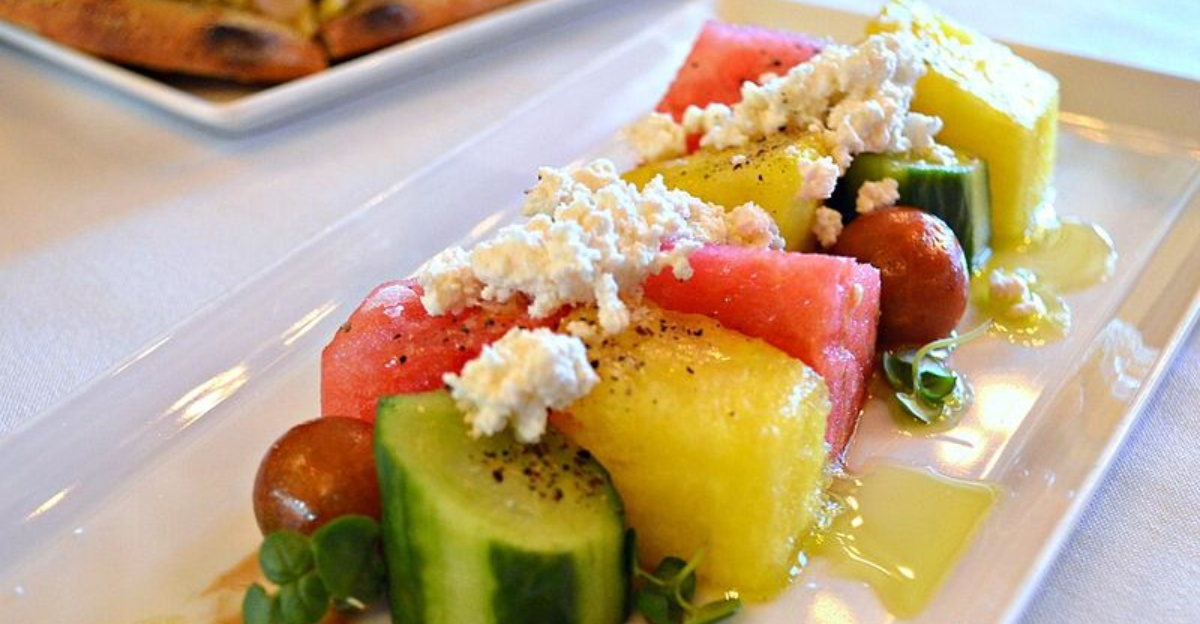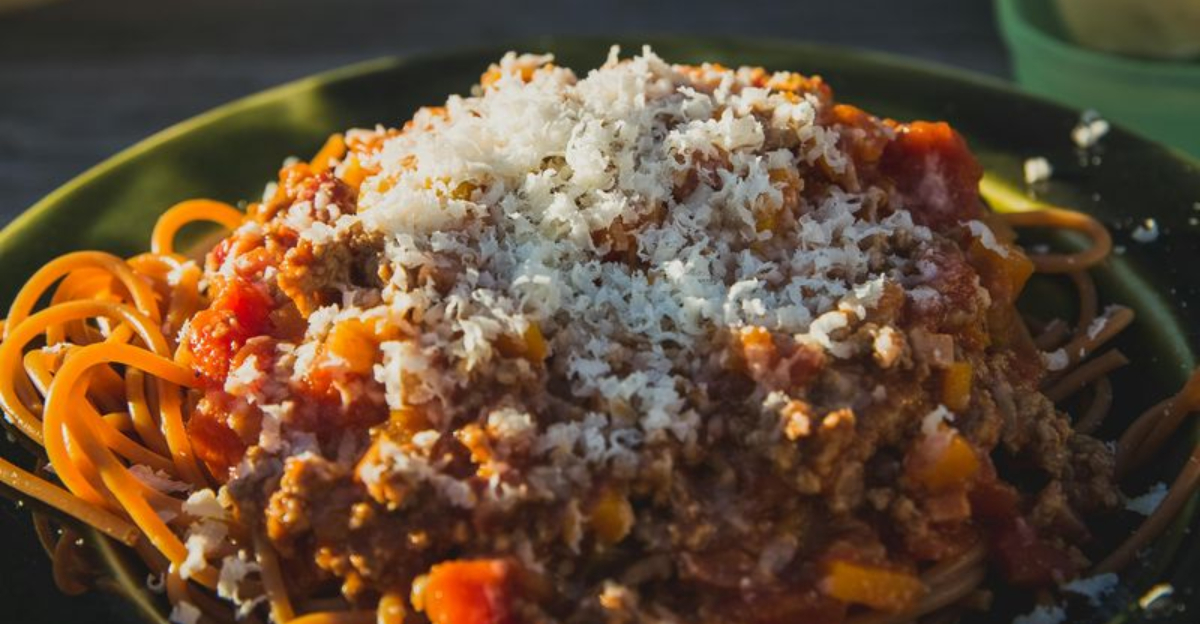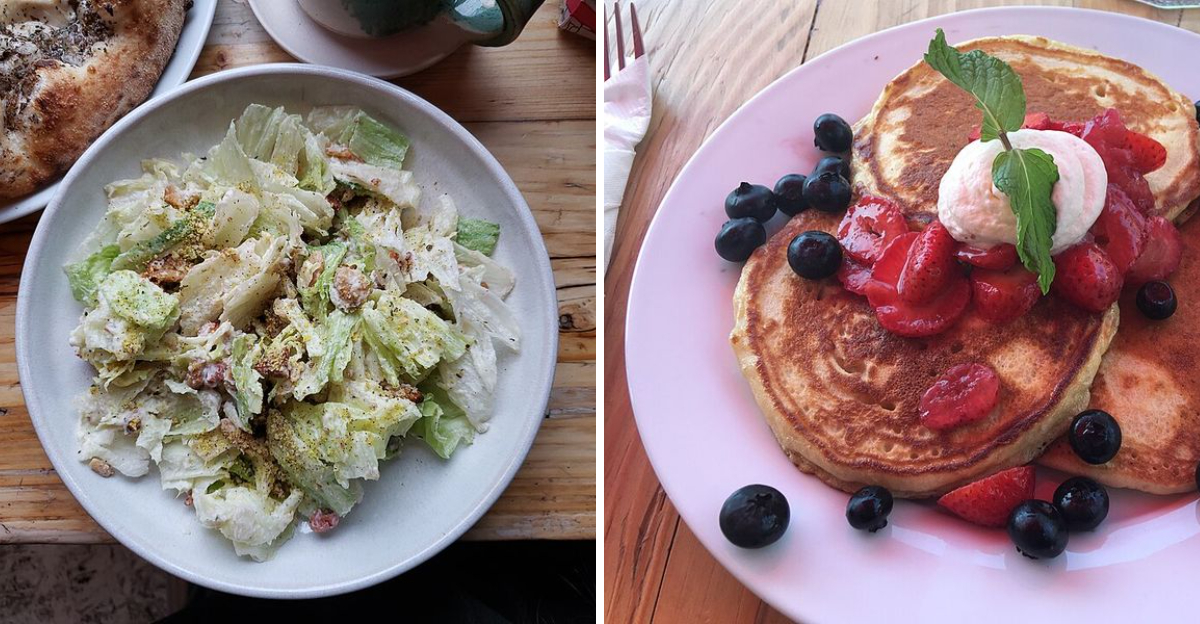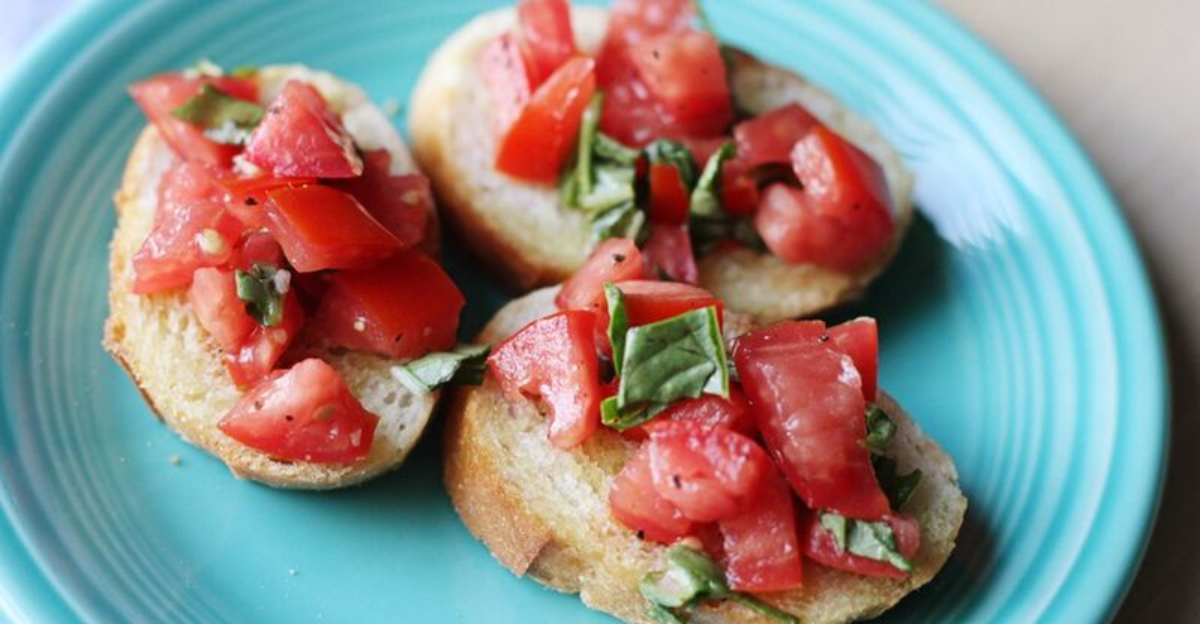14 Iconic American Foods Born From Sheer Desperation And Brilliant Ingenuity
America’s culinary landscape is filled with dishes that emerged not from fancy kitchens, but from moments of necessity and creative problem-solving.
When resources ran low or circumstances got tough, everyday people invented foods that would become beloved classics.
What started as quick fixes and budget-stretching solutions turned into the comfort foods we still crave today.
1. Potato Chips

A cranky chef in 1853 got so annoyed with a complaining customer that he sliced potatoes paper-thin and fried them to a crisp. George Crum at Moon’s Lake House in Saratoga Springs created what he thought would be an inedible joke.
Instead, the customer loved them! What began as an act of spite became one of America’s favorite snacks. Sometimes the best inventions come from a little kitchen revenge.
2. Corn Dogs
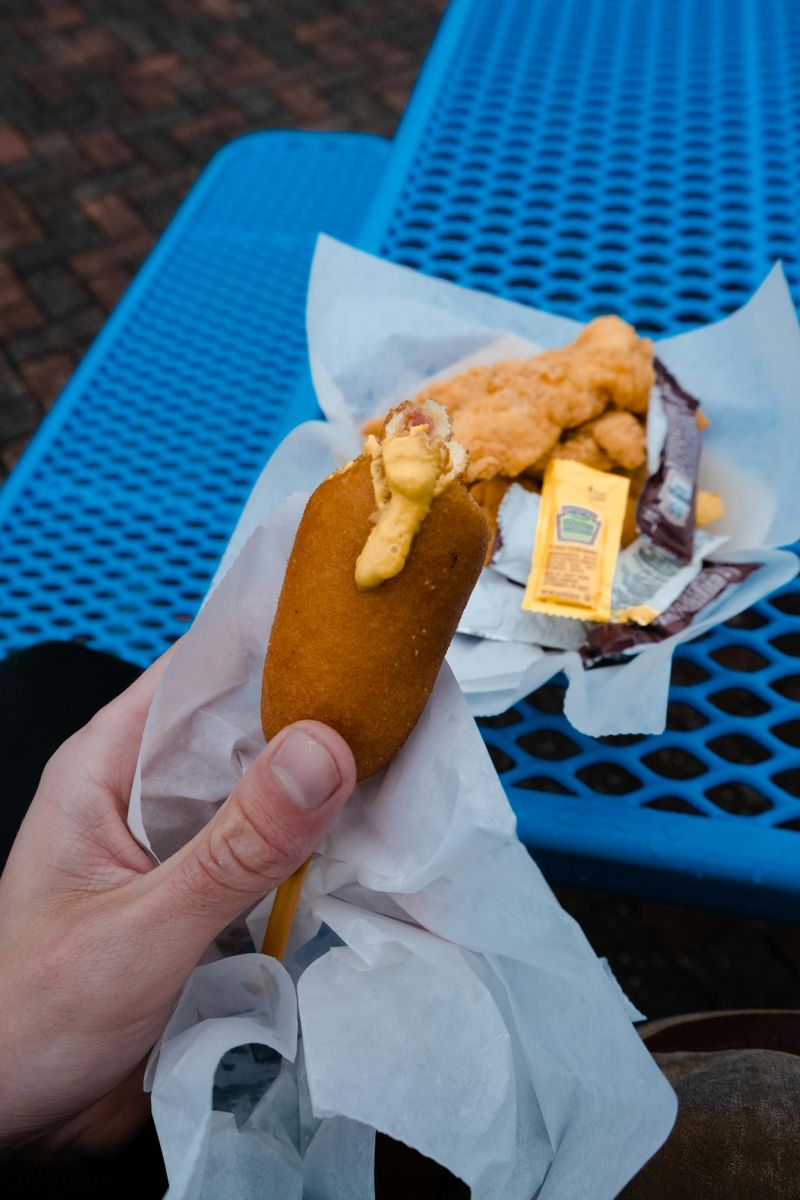
State fairs in the 1920s needed portable food that people could eat while walking around. Vendors came up with the genius idea of dipping hot dogs in cornmeal batter and frying them on sticks.
Multiple inventors claimed credit, but everyone agreed it was brilliant. No plate, no fork, just pure handheld deliciousness that became a carnival staple across the nation.
3. Spam

World War II soldiers needed protein that wouldn’t spoil in the trenches, so Hormel created canned spiced ham in 1937. Millions of cans fed troops overseas when fresh meat was impossible to transport.
People made fun of it, but Spam kept soldiers alive. After the war, it remained popular in kitchens everywhere. Necessity truly made it a wartime hero turned household name.
4. Macaroni and Cheese
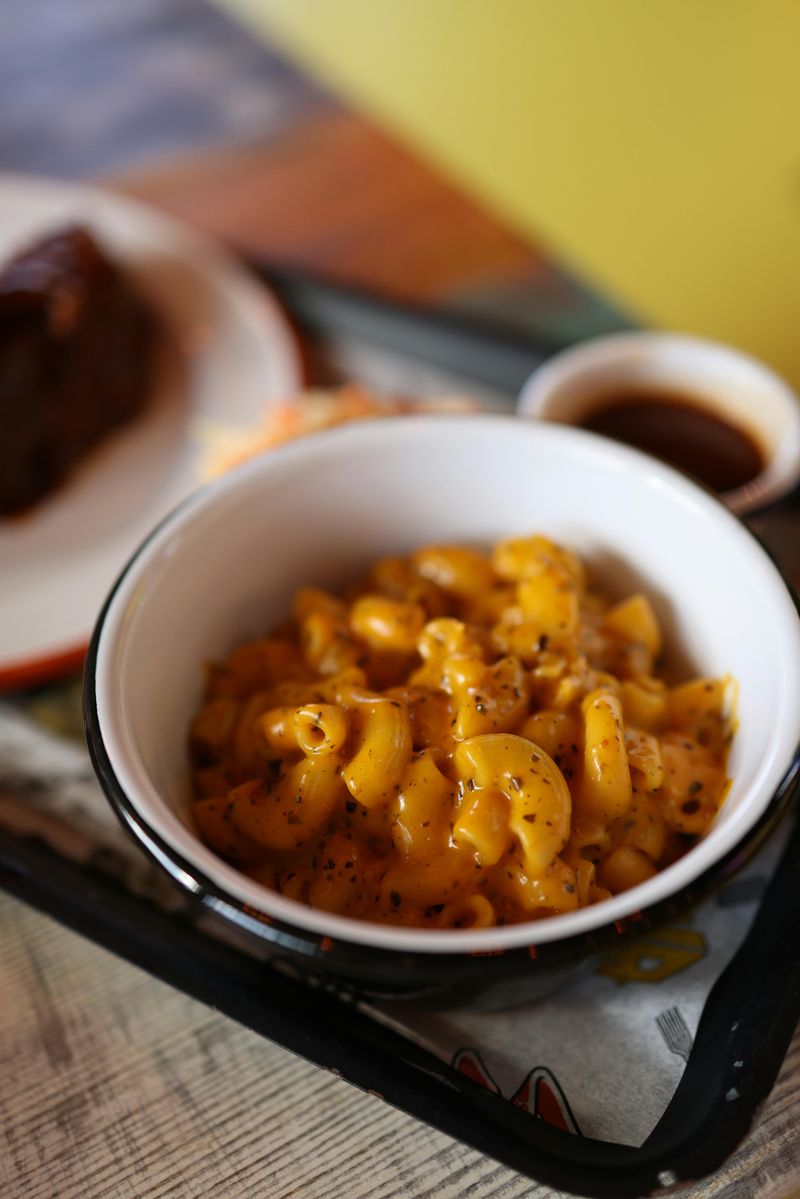
During the Great Depression, families needed filling meals that cost almost nothing. Kraft introduced boxed mac and cheese in 1937 for just 19 cents, promising dinner for four.
It flew off shelves as struggling households stretched every penny. Simple pasta and powdered cheese became a lifeline during hard times. Today, it remains the ultimate comfort food that reminds us of simpler days.
5. TV Dinners
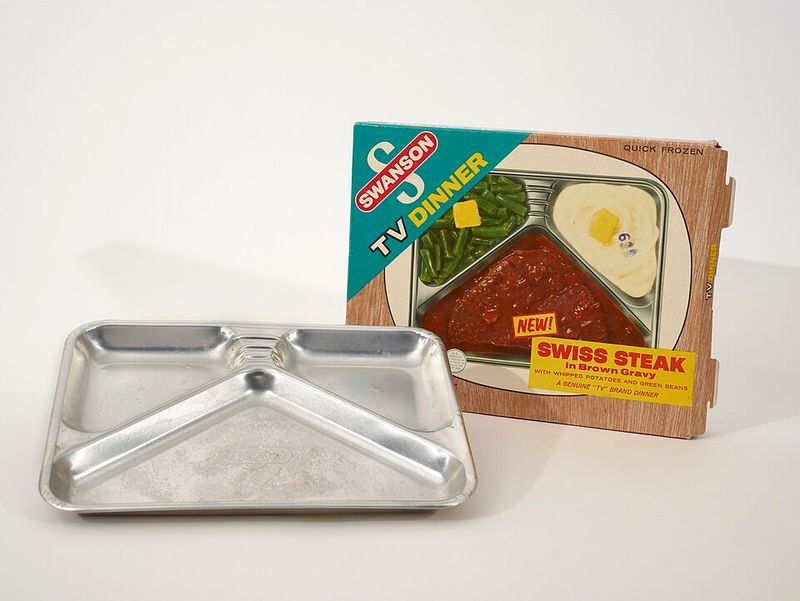
Swanson had 260 tons of leftover turkey after Thanksgiving 1953 and faced a massive waste problem. Someone suggested packaging the turkey with sides in aluminum trays that people could heat and eat.
Families loved the convenience of ready-made meals while watching television. What started as a storage crisis became a cultural phenomenon. Sometimes desperation leads to revolutionary convenience.
6. Fried Chicken
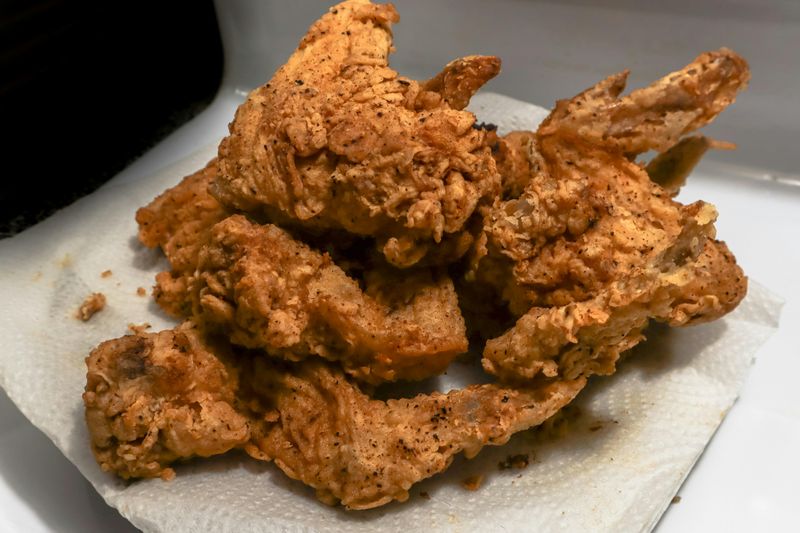
Enslaved cooks in the South transformed cheap chicken parts into something extraordinary using whatever seasonings they could find. Frying in cast iron skillets made tough meat tender and flavorful.
Out of limited ingredients and harsh conditions came a dish that defined American cuisine. Resourcefulness turned scraps into soul food. Now it’s celebrated worldwide as a symbol of comfort and home.
7. Peanut Butter
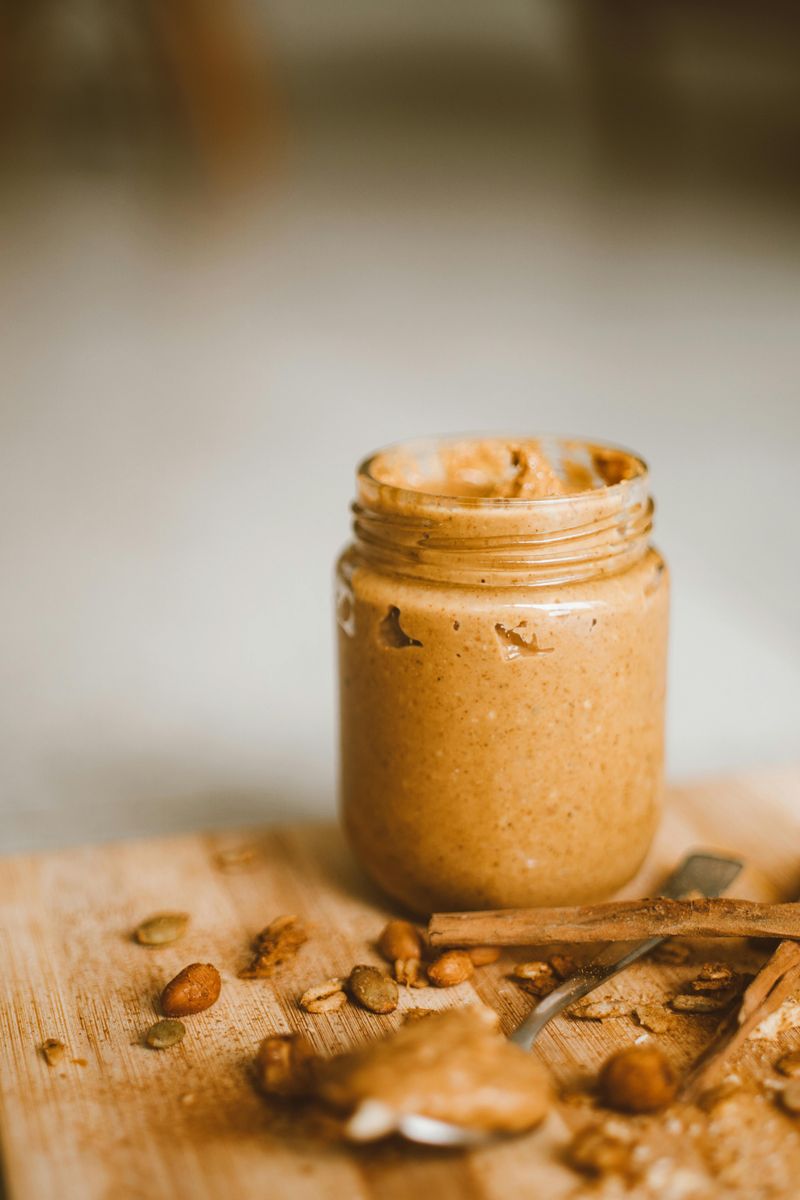
Dr. John Harvey Kellogg needed protein sources for patients who couldn’t chew meat in the 1890s. He experimented with grinding peanuts into a paste that provided nutrition without requiring strong teeth.
What started as medical food became a pantry essential. Affordable protein helped families survive lean times. Spread on bread, it fed generations of kids and remains a lunchbox legend today.
8. Casseroles
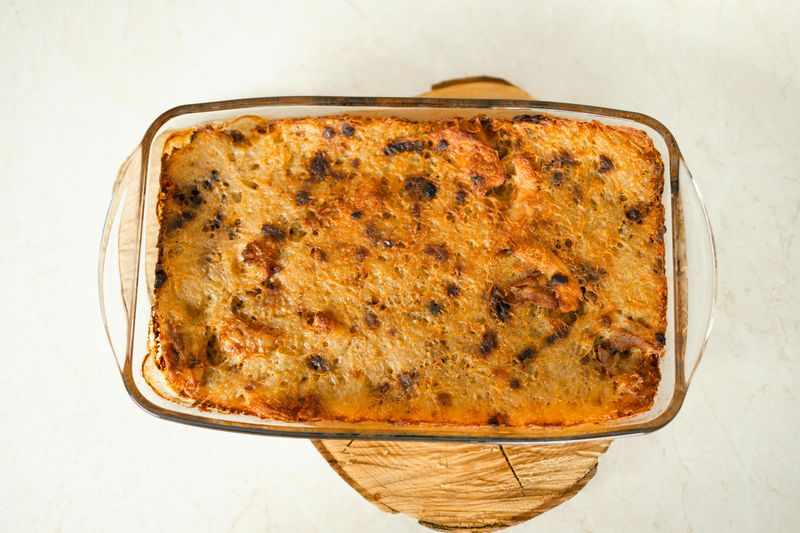
Busy homemakers needed one-dish meals that used whatever ingredients were available. Tossing leftovers, canned soup, and noodles into a baking dish created hearty dinners with minimal effort.
Church potlucks and family gatherings made casseroles legendary. Economical and endlessly adaptable, they turned odds and ends into crowd-pleasers. Nothing says home cooking like a bubbling, cheesy casserole straight from the oven.
9. Meatloaf
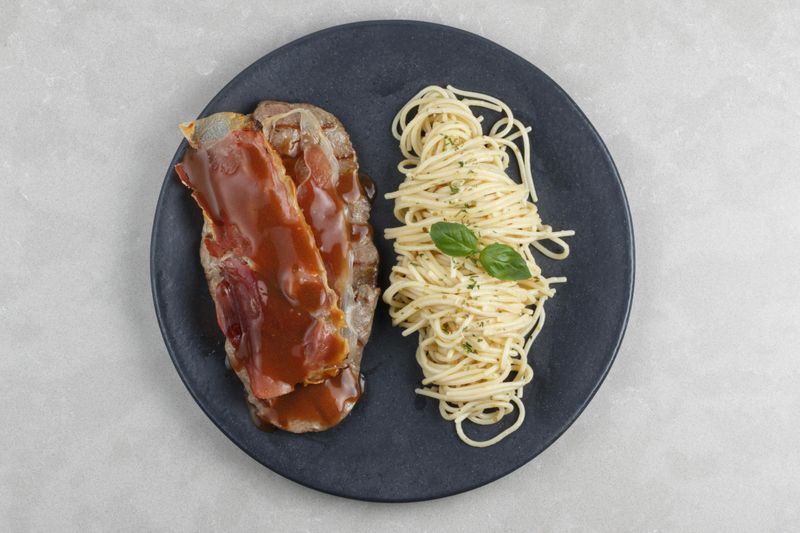
Stretching expensive ground beef became an art during tough economic times. Cooks mixed meat with bread crumbs, oats, and whatever fillers they had to make portions go further.
Shaped into loaves and baked, it fed entire families on a budget. Depression-era creativity turned scarcity into satisfaction. Even today, meatloaf represents resourceful cooking that doesn’t sacrifice flavor for frugality.
10. Jell-O
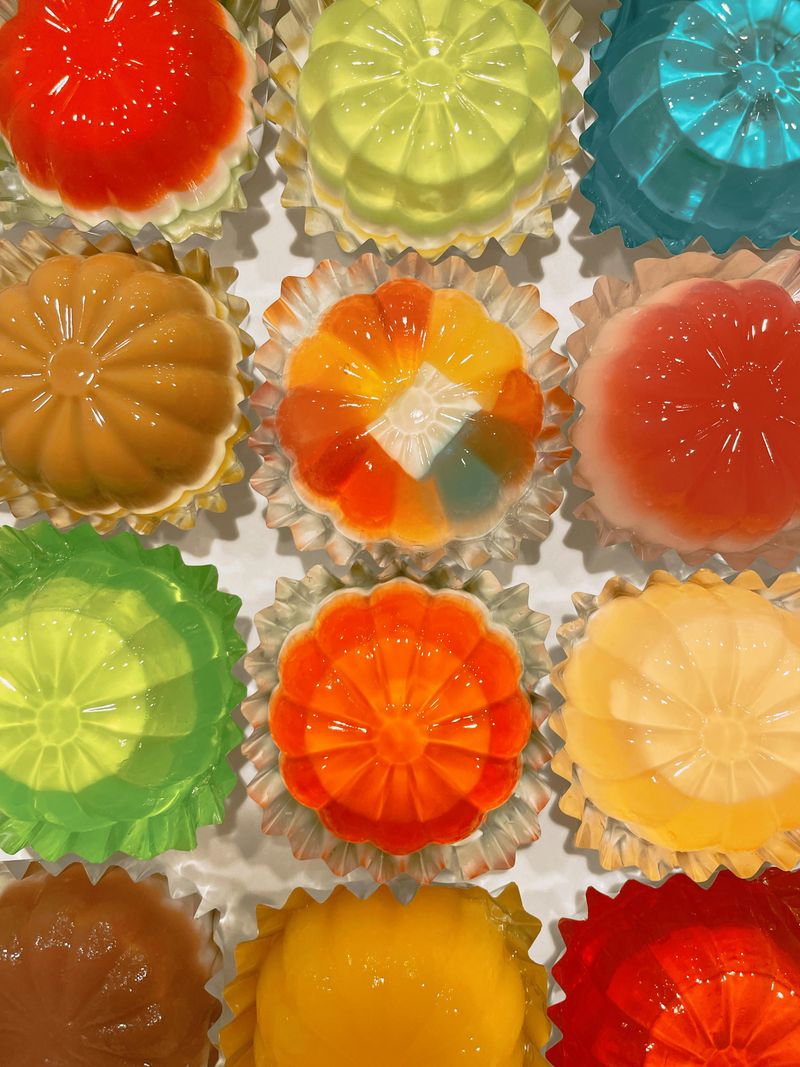
Gelatin desserts offered affordable sweetness when fresh fruit was expensive or unavailable. Companies marketed Jell-O as a modern, convenient treat that anyone could make with just boiling water.
Homemakers created elaborate molded salads and desserts for pennies. Resourceful hosts impressed guests without breaking the bank. Wiggly and fun, it became a symbol of American ingenuity in the kitchen.
11. Sloppy Joes
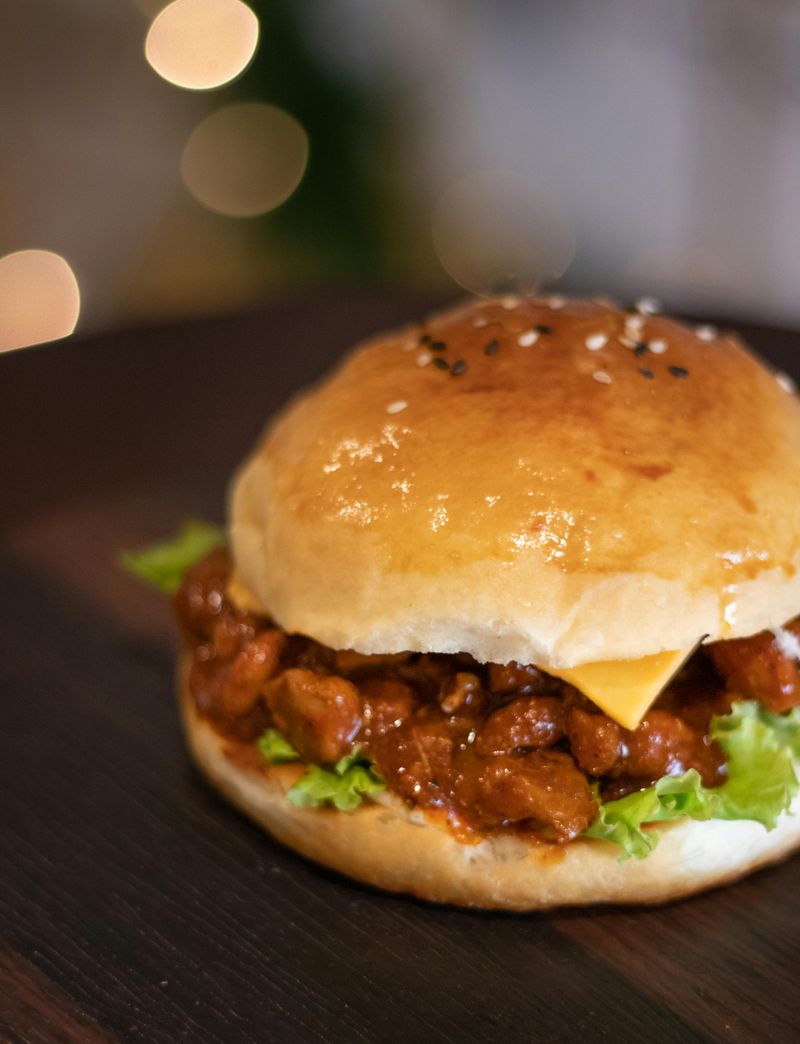
School cafeterias and busy parents needed quick meals that kids would actually eat. Ground beef simmered in tomato sauce and piled on cheap buns solved the dinner dilemma.
Messy but delicious, it used inexpensive ingredients to feed crowds. Cafeteria cooks became heroes with this simple creation. Despite the name, nothing sloppy about how well it satisfied hungry families on tight budgets.
12. Chili
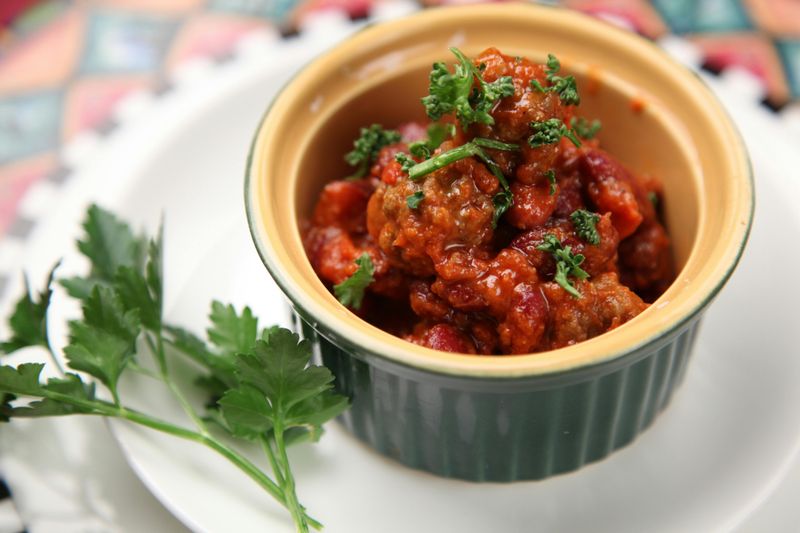
Cowboys on the trail needed meals that could simmer for hours using tough, cheap cuts of meat. Throwing beef, peppers, and beans into a pot created filling stew that improved with time.
Frontier cooking turned necessity into tradition. Spices and slow cooking transformed humble ingredients into something special. Now chili cookoffs celebrate what began as survival food on the open range.
13. Donuts
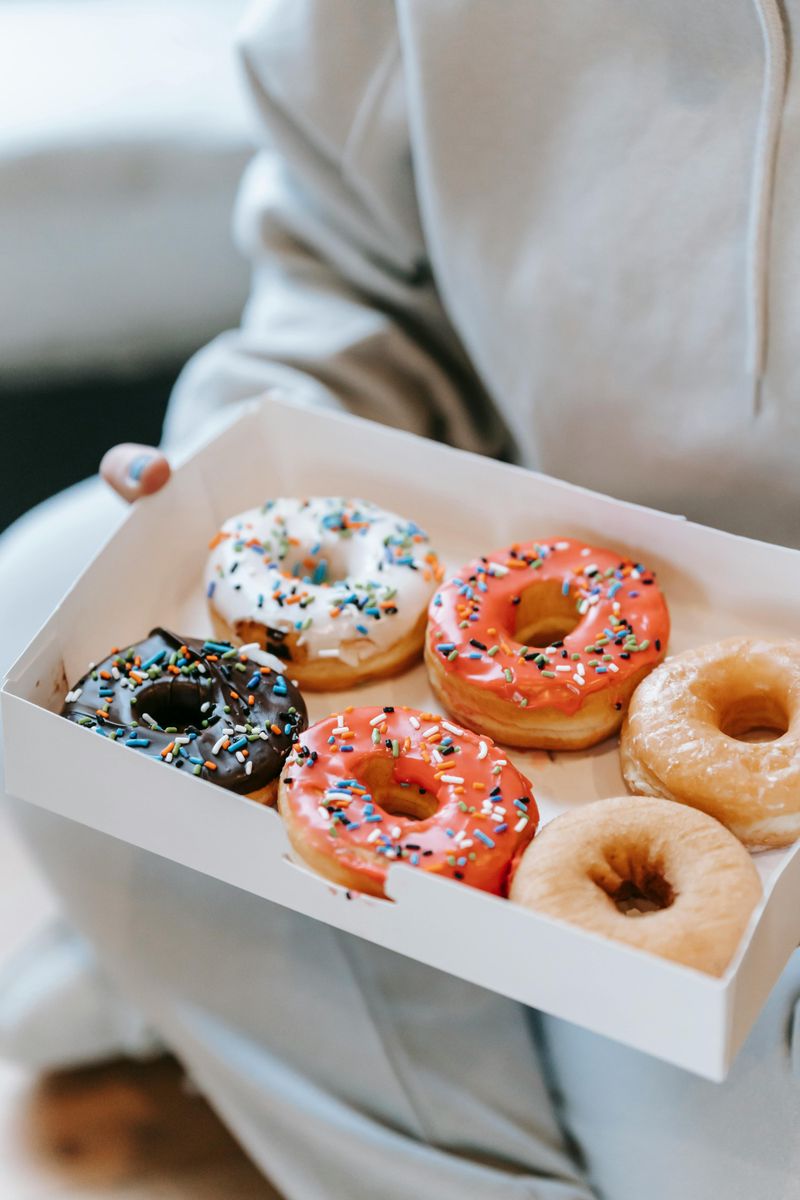
Dutch settlers brought fried dough to America, but it was WWI soldiers who made donuts a national obsession. Salvation Army volunteers fried them in helmets to comfort troops overseas.
Returning soldiers craved the sweet reminder of wartime kindness. What began as battlefield morale became breakfast tradition. Simple fried dough transformed into an American icon that fuels morning commutes everywhere.
14. S’mores
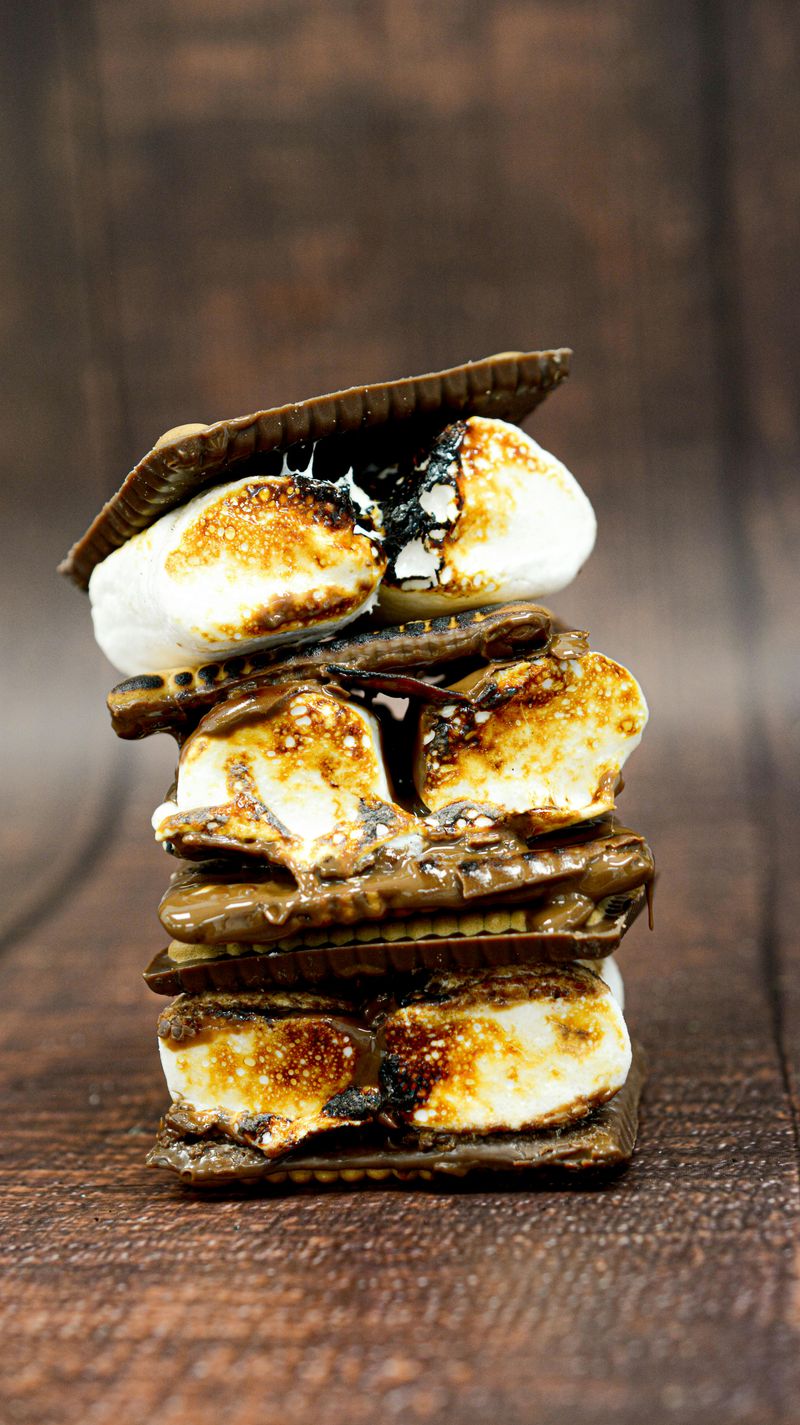
Girl Scouts camping in the 1920s needed desserts that required no kitchen and used shelf-stable ingredients. Someone stacked marshmallows, chocolate, and graham crackers over a campfire and magic happened.
Resourceful outdoor cooking created an American tradition. Kids everywhere begged for s’more because they genuinely wanted more. Simplicity and ingenuity turned three basic ingredients into campfire legend.


